With the legalization of cannabis in Canada more people than ever before are willing to give the fabled plant a try, both for medical and recreational reasons.
However, there’s more than meets the eye to just partaking in any old batch, and that is where particular strains come in. There are two main cannabis types that consumers are most aware of: indica and sativa. A third is hybrid which as the name implies, are strains produced from a cross breed.
Indica strains are for relief and relaxation. They induce physically-sedating, full-body effects, perfect for loosening up or mitigating insomnia.
Sativas are associated with energizing the mind, also known as “head highs,” and can help with creativity and social activities.
The effect of hybrids lie some place between the two. Presumably offering a balance between the two main types.
The quick rundown
So what type of strain is right for you? The short answer is: indica for calming and relaxation, and sativa for invigoration and energy — though that’s only the tip of it.
Among the thousands of cannabis plants each one causes a variety of effects, even among the same group. This is all subject to the chemical composition of the plant and how it was treated during growth.
Cannabis plants are usually categorized into specific breeds or strains. These are noted by the plant’s individual cannabinoid and terpene content, and it is by these characteristics that determine a strain’s overall effects.
Cannabinoids
Cannabinoids are one of the many chemical compounds that make up a cannabis plant.
The many effects felt by cannabis use (both positive and negative) can be attributed to these naturally occurring components.
Cannabinoids as a whole are not completely understood by scientists and researchers, but the two leading compounds are tetrahydrocannabinol (THC) and cannabidiol (CBD).
- THC – Accountable for the “high” or euphoric state associated with the use of cannabis, THC is the main psychoactive compound in plants.
- CBD – Though not a psychoactive component (doesn’t induce a “high”), CBD is responsible for the physical aids like pain reduction, relaxation, etc.
Terpenes
Traditionally, the amount of THC and CBD in a strain was the most looked after detail, but recent research suggests that terpenes may have just an important of a factor.
Terpenes affect the aroma the cannabis plant exudes, but may also influence the effects they induce.
- Myrcene – Earthy and herbal, the most common terpene and aids in reducing anxiety and insomnia
- Limonene – A stress reducer, this terpene gives off bright, citrus-like aroma
- Terpinolene – A terpene with sedative, anti-bacterial, and anti-fungal properties, terpinolene produces smells akin to apples, cumin, and conifers
There are many more types of terpenes than the ones listed above.
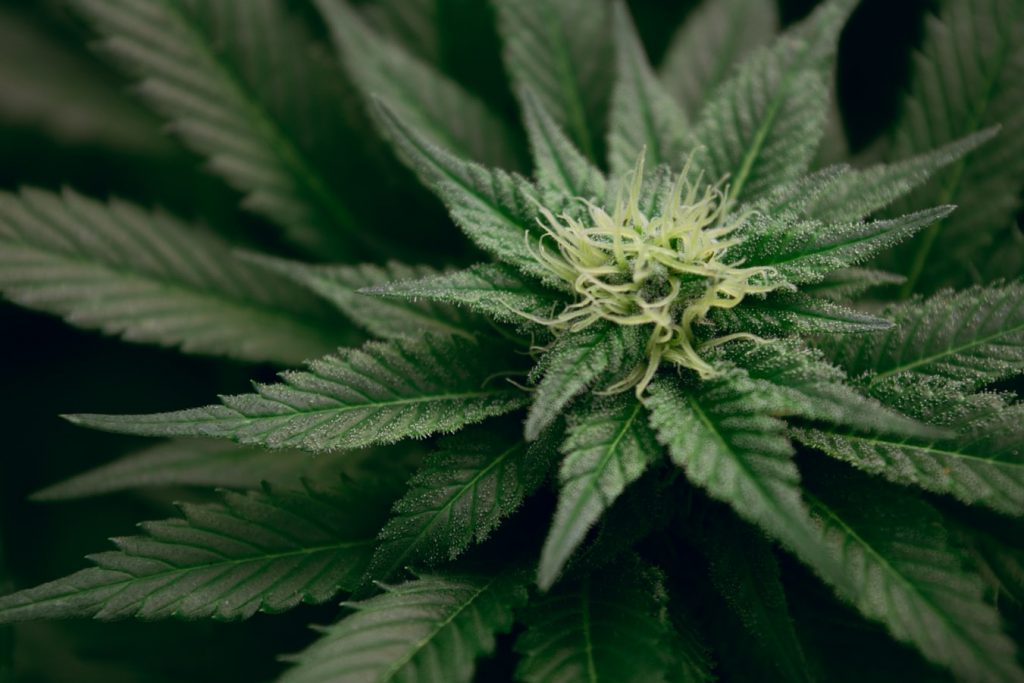
Indica
Origin: Plants of the indica variety originate from Afghanistan, India, Pakistan, and Turkey. Cannabis indica have acclimated to harsh, dry climates.
Characteristics: Short and bushy with chunky leaves that grow wide. Has a faster rate of growth in comparison to sativa, and each individual plant provides more buds.
CBD to THC ratio: Frequently have higher levels of CBD than THC.
Use cases: Relaxing efffects, nausea reduction, pain relief, and increasing appetite. Popularly used at night.
Popular strains: Granddaddy Purple, Afghan Kush, and Hindu Kush.
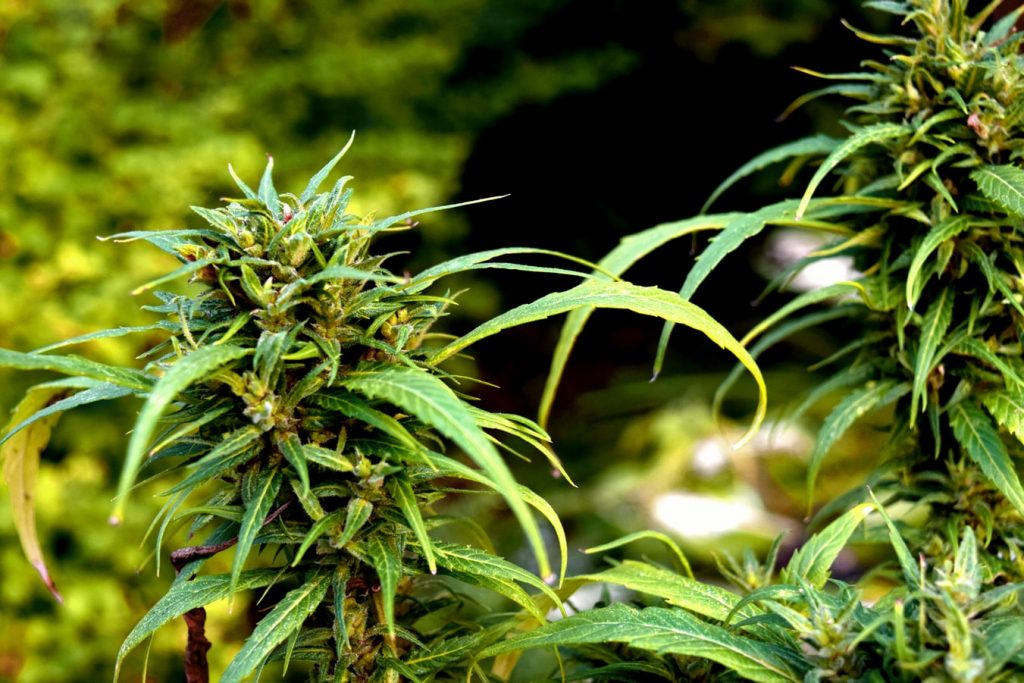
Sativa
Origin: Mainly found in hot, dry climates with an abundance of sun – places like Africa, Southeast Asia, western Asia, and Central America.
Characteristics: Tall and thin with leaves resembling fingers. Have a long maturity time and can grow up to 12 feet.
CBD to THC ratio: Frequently have higher levels of THC than CBD.
Use cases: Creative endeavors, physical activity, anxiety reduction. Commonly a daytime strain.
Popular strains: Durban Poison, Panama Red, and Acapulco Gold.
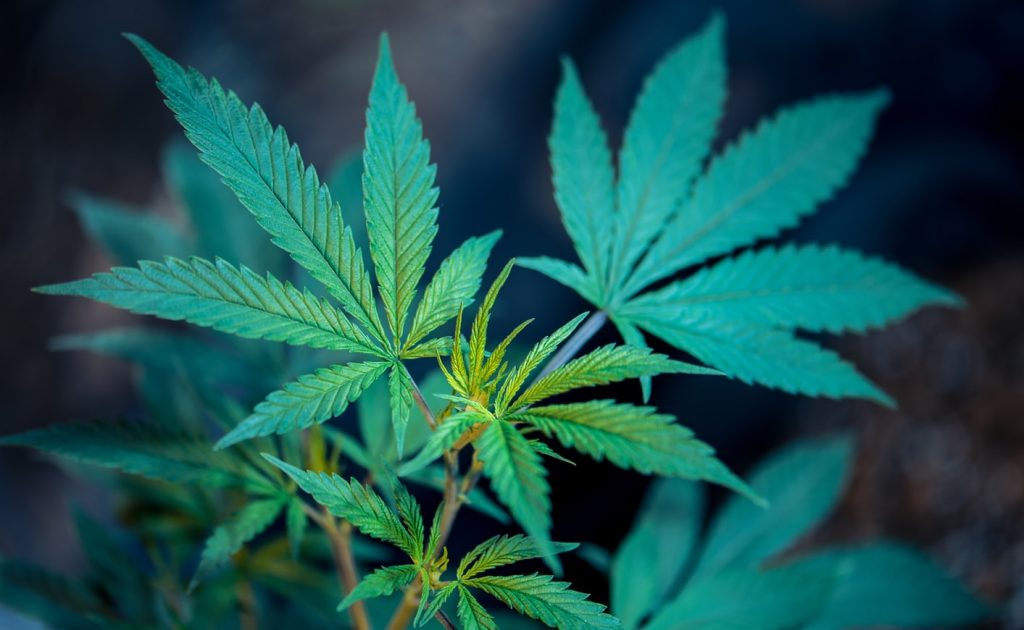
Hybrid
Origin: Grown from farms and greenhouses as they are usually cross breeds grown to target specific effts.
Characteristics: All dependent on the parent plants used in breeding.
CBD to THC ratio: Typically, hybrids are grown to accommodate an increase in THC, but each plant has their own ratio unique to them.Potential risks and side-effectsCBD to THC ratio: Typically, hybrids are grown to accommodate an increase in THC, but each plant has their own ratio unique to them.
Use cases: Again dependent on what particular effect the grower chose to cross breed for.
Popular strains: Pineapple Express, Blue Dream, and Trainwreck.

Potential risks and side-effects
By and large, use of cannabis is for its positive benefits, but it can come with a few side-effects:
- Anxiety
- Dry mouth
- Dry eyes
- Paranoia
- Lethargy
- Dizziness
- Decreased blood pressure
- Increase heart rate
A lot of these effects are mostly consequence of the THC within the plant and not the CBD or other cannabinoids. This is what makes CBD-only products a viable choice in the market.
The method in which you choose to partake in cannabis can also have an effect. Smoking or vaping your cannabis may aggravate your lungs so it may not be the best choice for those with respiratory problems.
An alternative is edible consumption, for example, cookies or gummies. One potential downside is that the effects may not be as strong or take twice as long to hit your system.
What is right for you
All this said, the most important factor in choosing the correct strain for you revolve around what exactly you’re trying to achieve or feel. Speak with employees at your dispensary for recommendations on what can best tackle your particular problem.
Don’t forget to also mind your tolerance level. Beginner users may do well to choose strains that are more mild in their effects otherwise one can feel rightfully overwhelmed.
Also make sure to consider any existing medical conditions you may have. Although cannabis is a natural medical supplement, it may have possible interactions with any medications you may be taking or condition(s).
Know your laws
Canada may now have its legal restrictions lifted regarding cannabis use (barring some rules such as possession amount, etc.), but cannabis is not legal everywhere.
The stigma around cannabis is slowly changing, however. Be sure to study the laws for your country, and even your province/state/county before jumping to buy or use cannabis.
Conclusion
Don’t be afraid to ask questions! Be it a doctor, dispensary, friends, or even users on an online forum — take advantage of the resources available to you to see if cannabis is right for you.
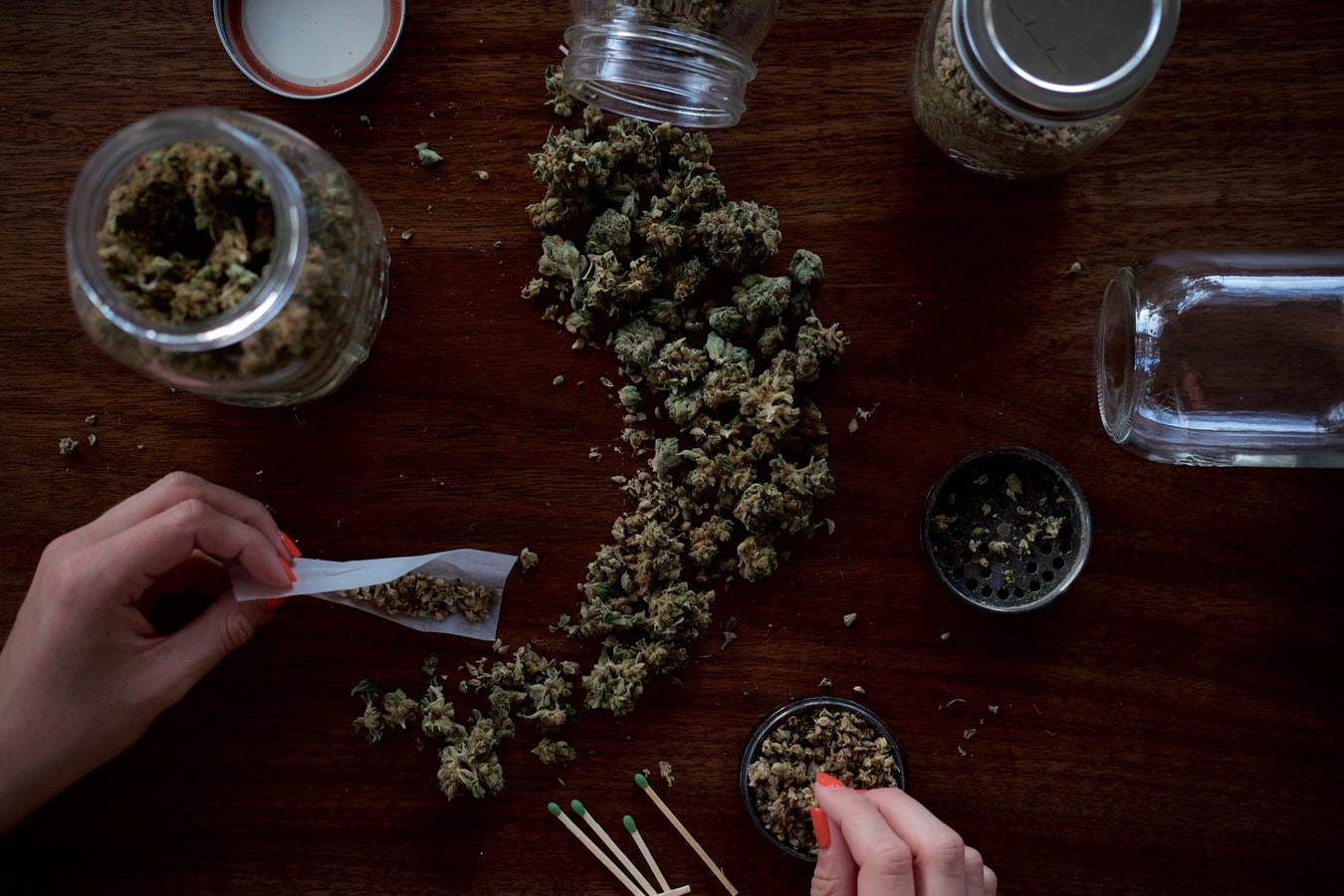

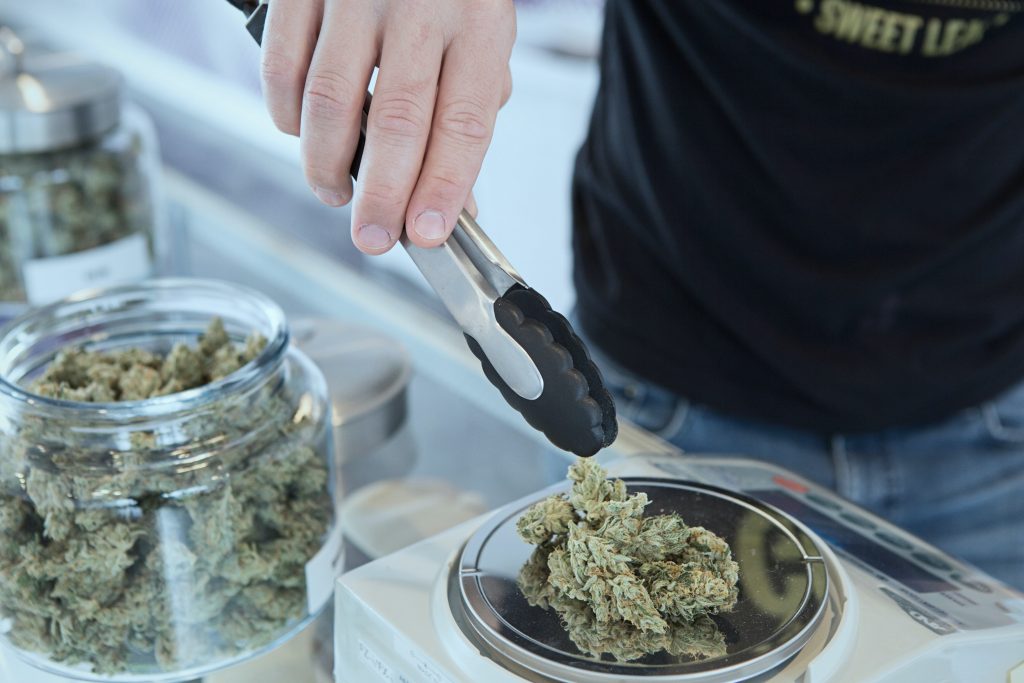
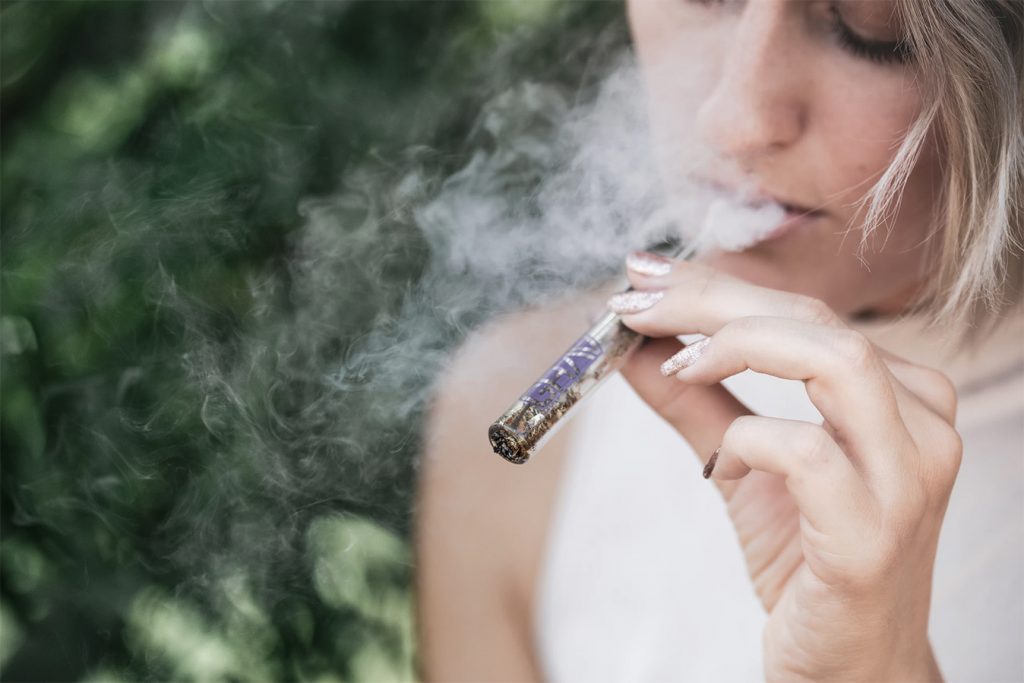

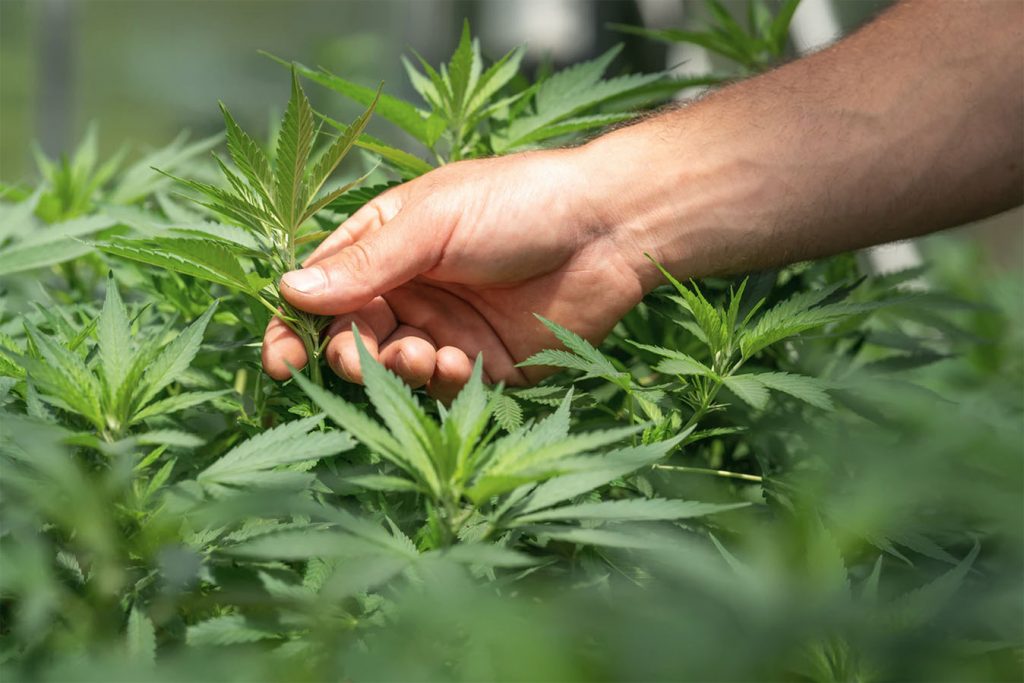
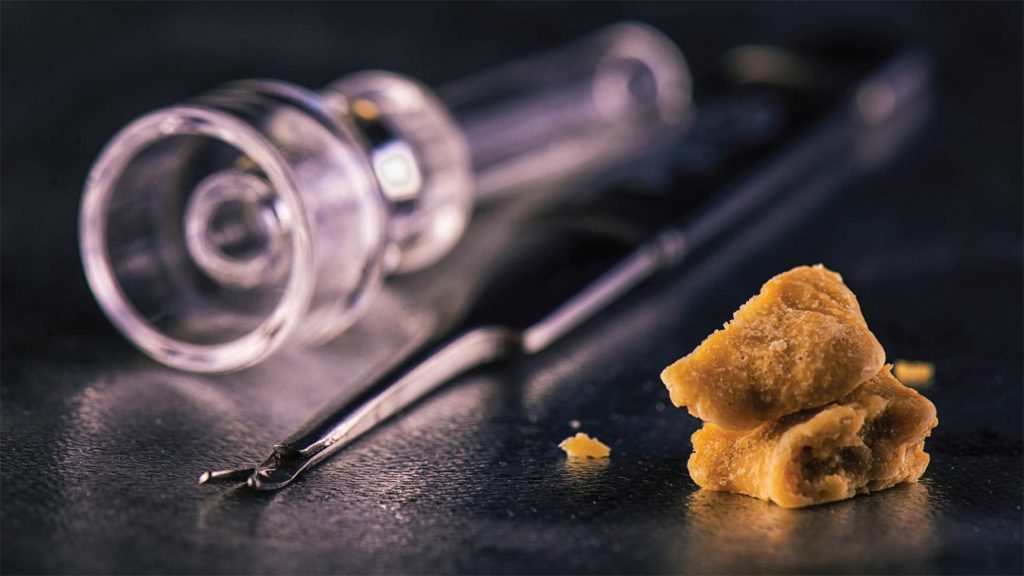
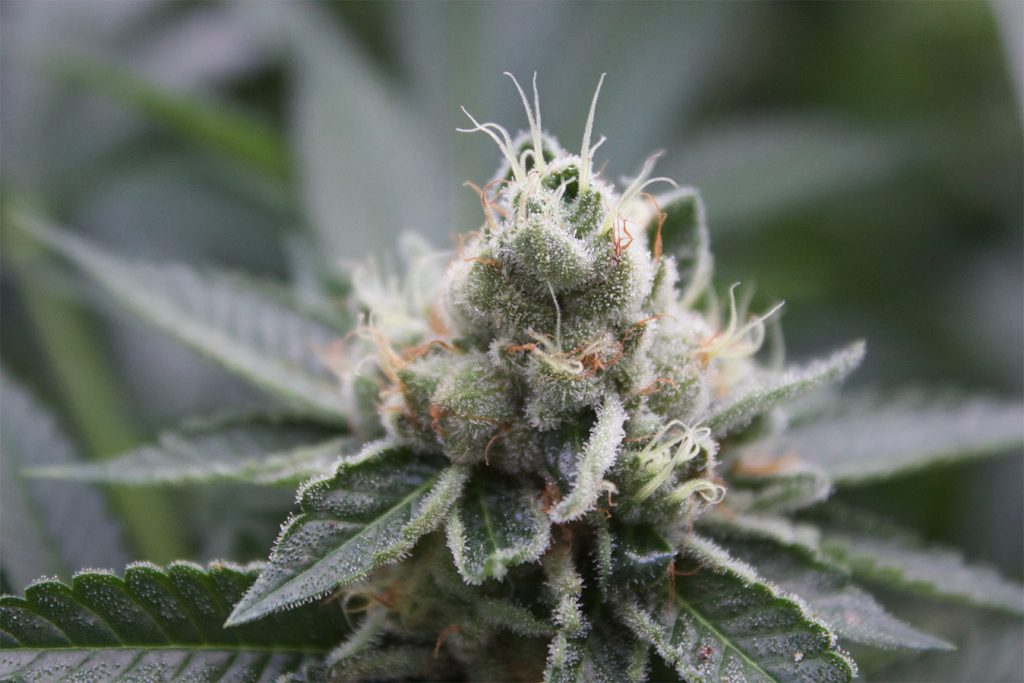

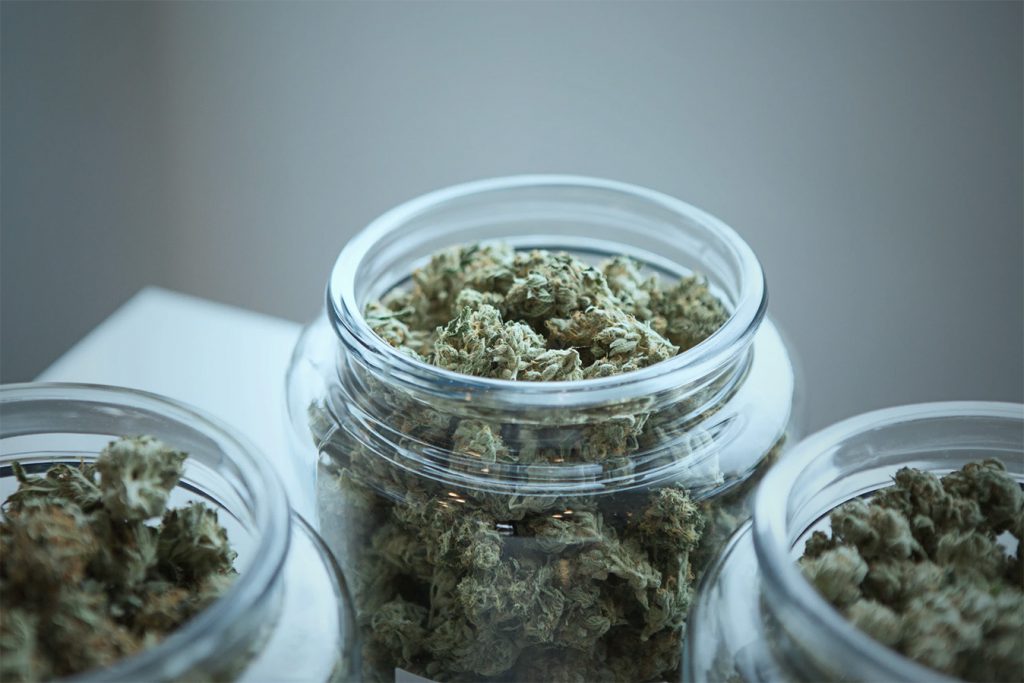

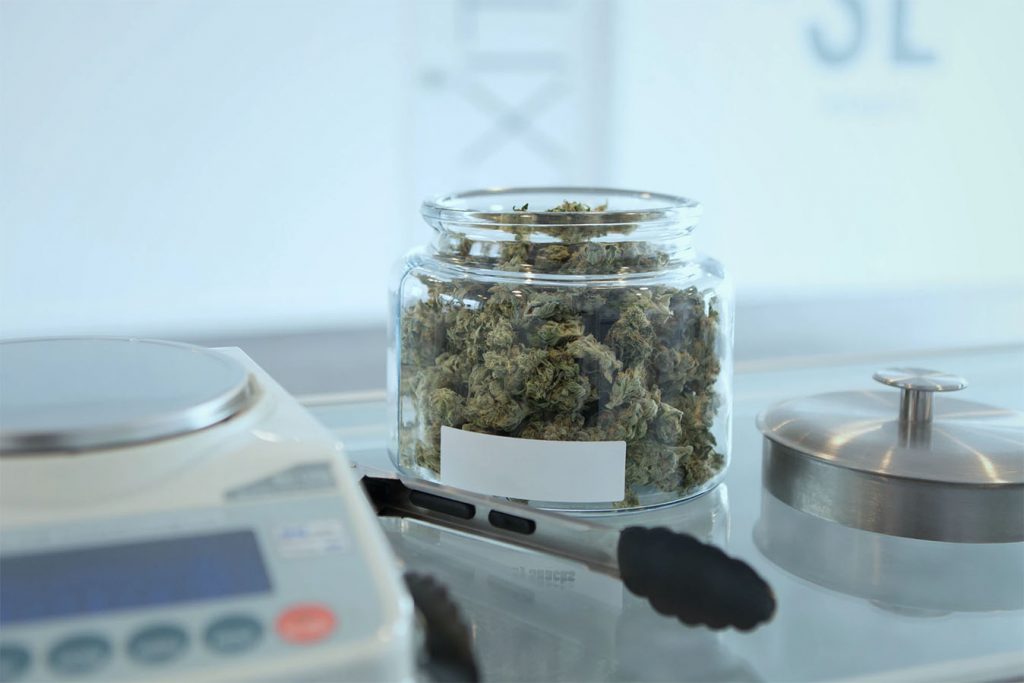
I prefer an indica for the relàxed feel. Sativa to me is a party drug.
Definitely agreed, I feel the same way.
Like!! Thank you for publishing this awesome article.
No problem at all, thanks for stopping by! 🙂
Hey there! This post could not be written any better!
Reading this post reminds me of my old room mate!
He always kept chatting about this. I will forward this article
to him. Pretty sure he will have a good read.
Thanks for sharing!